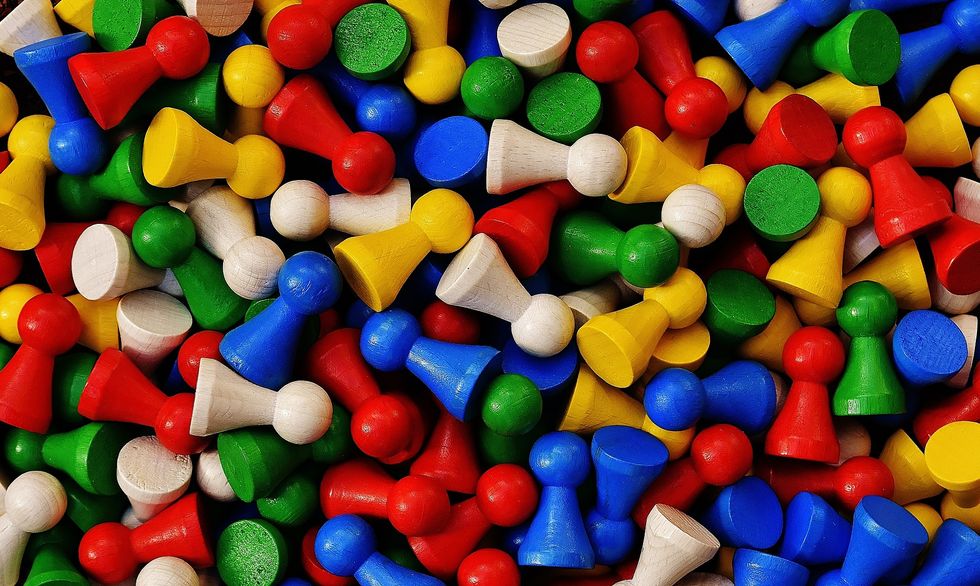When I was a kid, I was happy to spend hours laying out my stuffed animals and pretending to teach them things I had learned at school that day. I was beyond excited when I could get my older siblings to agree to play Candyland with me. I remember begging my brother to let me play with his Teenage Mutant Ninja Turtles action figures because I wanted to mimic the character April. Nowadays, I take note of the kinds of toys my nieces and nephews enjoy most, and it seems to me that their demand for regular toys continuously declines the older they get.
It's not just me. New studies have shown that the digital age for toys, or “smart toys,” is still on the up and coming, and outshining many of the simpler toys we’ve all grown to know and love. Earlier this month, Lego reported its sales were down by 8% this year, while their profits were brought down over twice that amount at 17%. To me, it almost feels unbelievable; Legos were the kind of toys kids in my elementary school would argue over because there were never enough for everyone at once. Yet, the fall in sales and profits seems predictable as our society continues to churn out the best new tech gadgets and tools--it’s the direction we’ve been moving in this whole time, and unfortunately, the future is daunting for other classic toy companies like Mattel and Hasbro, too.
Similar to the Lego Company, Mattel has reported having over a $280,000,000 net loss in its fourth quarter, while Hasbro has reported a loss of $5.3 million in its final quarter. Toys like Barbie, Hot Wheels, Star Wars, and more, are becoming less popular as kids turn to the more intricate, and interactive electronic toys, like the LeapPad and Hatchimals, to meet their demands for learning and playtime. Transparency Market Research estimated that voice and image recognition toys will increase on the global smart toy market between 2017-2022 by at least 3.7% (compound annual growth rate), amounting to a global worth of $2,720.4 million. Meanwhile, by 2020 over 660 million smart toys are predicted to sell, totaling to over $4 billion in growth.
The continuous production of smart toys leads adults back to a looming question: how will smart toys affect a child’s imaginative abilities? Zoë Corbyn brings up a good point posed by Yale University psychologist Dorothy Singer, “if a child is given a stuffed animal he or she can use their imagination to talk to it, give it a name and use a voice for it. If the toy already comes with a voice and personality there is less room for a child to be creative and make up the story themselves.” It’s true that the more technical the toy, the more challenging it may be for children to play with it in the manner of their choosing. However, this isn’t of too much concern now, as it may be in the future. Though I notice my nieces and nephews opting for the cooler tech savvy toys, like Hatchimals as mentioned earlier, the good thing about kids is that when they want to play, they will play--that means making something out of nothing if they have to. If a kid can pretend that a frying pan is a heroic shield or a hat, I’m almost sure they can find an imaginative use for a smart toy without using it the way it is meant to be used.
While I’m sad to learn the the traditional toys I’ve grown up with are seeing some struggle as society moves forward in the way of technological advancements, there’s still some curiosity to be had regarding the future of smart toys, and how they will aid the growth of future generations to come. However, for the time being, traditional toys will always have a special place in the industry, and in the hearts of the kids that love them.






 The minimum wage is not a living wage.
StableDiffusion
The minimum wage is not a living wage.
StableDiffusion
 influential nations
StableDiffusion
influential nations
StableDiffusion












